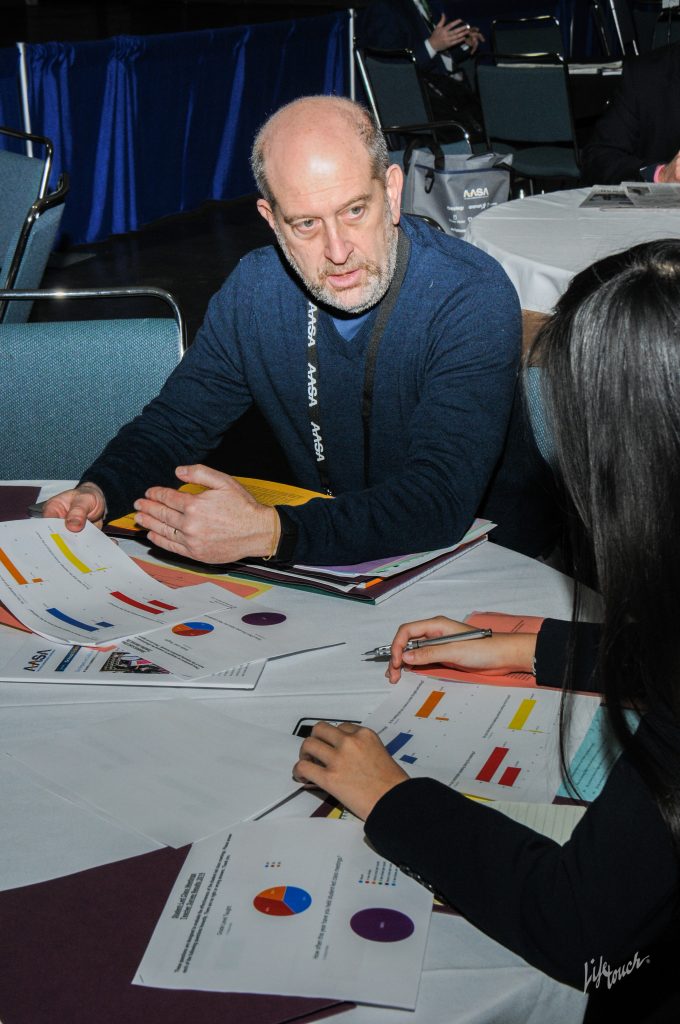It only takes two simple steps to promote civility within a school community.
Noticing “an overall decline in the civil discourse in society,” David Gamberg, superintendent of two neighboring school districts in Greenport, N.Y., and Southold, N.Y., identified a need for his school systems to counter this growing problem.
During an AASA roundtable session on Friday morning, he shared two specific approaches for “Addressing Civility One Child and One School at a Time.”
The first aspect is a weekly student-led class meeting, targeted at students from fourth to sixth grades. Although the teacher remains an active participant, meetings are entirely student-facilitated. During the meeting, students express gratitude and regret as they reflect on their actions of the previous week.
These “little democracies in action” allow students to communicate their feelings without fear of judgment. In fact, studies have found these meetings promote participation, critical thinking and empathy.
“It’s a very humanizing process,” Gamberg said. “It’s very simple, but it doesn’t occur when you’re dealing with subject matter. You have to reserve a little space at the table to have that happen. Over time, it creates a dynamic inside the individual and inside the culture of the school and of the kids that attend the school.”
The second aspect is student TV broadcasting. Gamberg’s school districts offer classes on video production for high school students. In turn, they create video stories featuring real-life examples of civility within the community.
Leading by example is one of the most effective ways to foster civility, according to Gamberg. Weekly broadcasts serve as models of collaboration and empower students to share their own unique experiences.
“The idea is that we have to have things that are very much woven into the school climate — things like class meetings and video production — that give high school students an opportunity to be creative and present things in a civil way,” Gamberg said.
(Sarah Aie is a junior at Walnut High School in Walnut, Calif., and an intern with AASA’s Conference Daily Online.)

